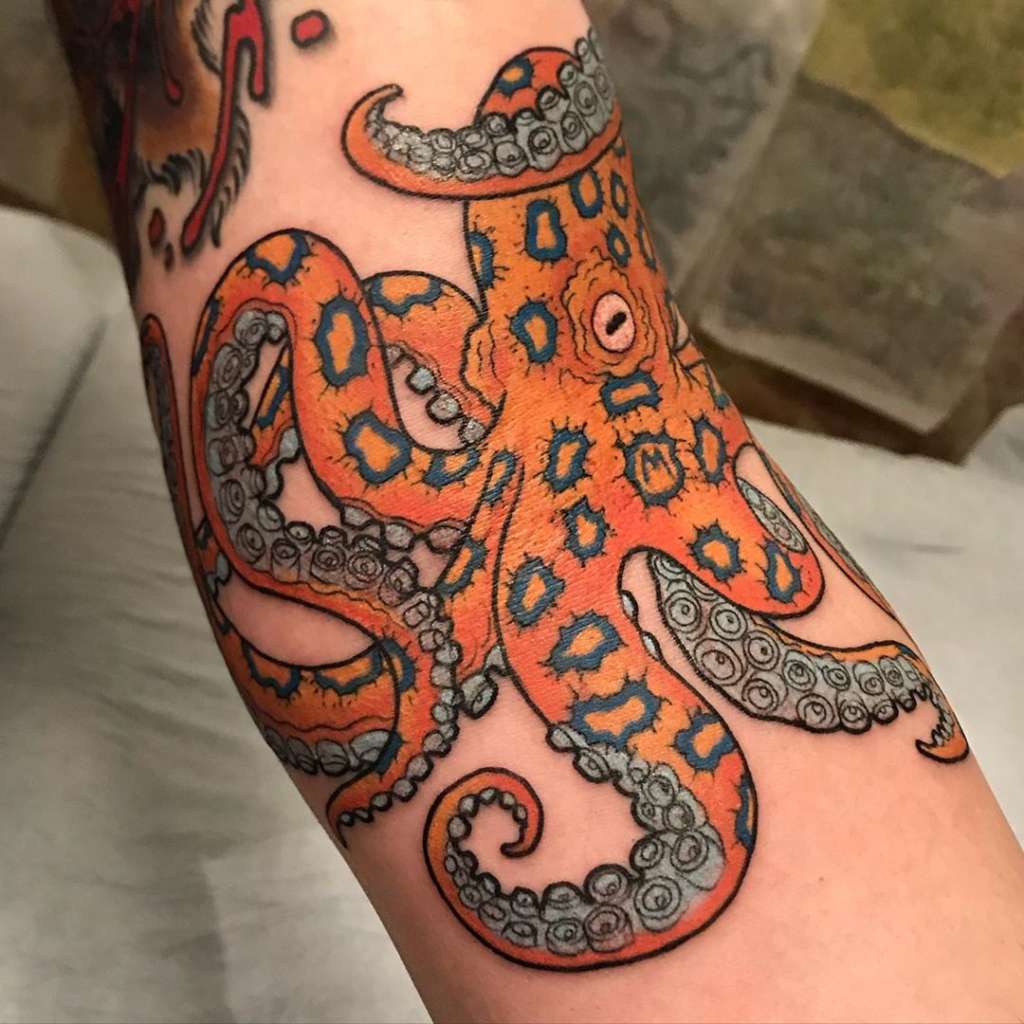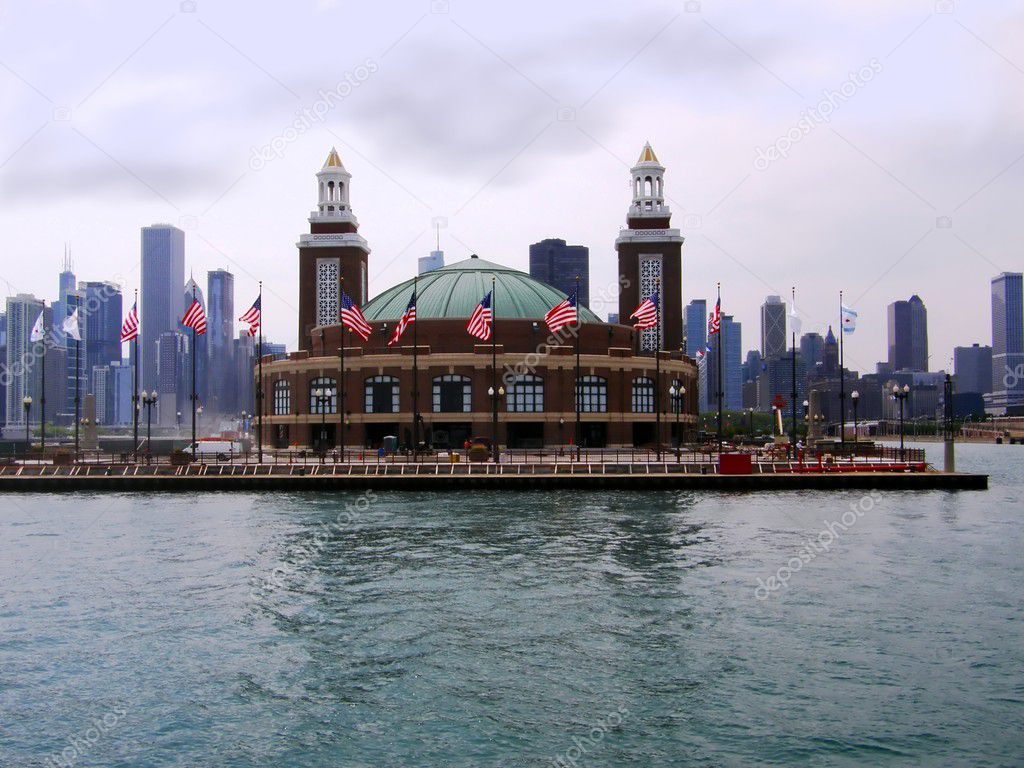

A number of exhibitors said they were impressed at how well the fair turned out, and many preferred the new location. would buy the fair from Thomas Blackman Associates. At the same time, it was announced that Merchandise Mart Properties Inc. Although makeshift, the fair was professionally handled, and although many exhibitors expressed concern, only three out of 104 dealers dropped out. On Thursday, April 27, it was announced that Art Chicago would take place on the eighth floor of the Merchandise Mart, sharing it with the "Chicago Antiques Fair" which was already scheduled. An attempt to quickly reorganize the fair on Navy Pier fell through. Mayor Daley, through a spokeswoman, expressed annoyance and disappointment. Embarrassingly, several international art dealers were turned away from the tent, where they had arrived to set up their exhibits. Blackman appears to have tried to arrange quick financing, including offering to sell his business the Friday before. There was a dispute between Blackman and the contractors, with Blackman claiming that the flooring was unacceptable and the contractors claiming bounced checks. Construction had been visibly slow, but it was not until the evening of Tuesday, April 25-two days before the fair was scheduled to open-that the news came out that Art Chicago was in trouble. The fair was again planned to be in a tent in Grant Park. There were now only 94 exhibitors, several of whom were new young Chicago galleries. In 2005 Art Chicago, redubbed "Art Chicago in the Park" was held in a giant tent in Grant Park behind the Art Institute of Chicago. In 2000 there were over 200 exhibitors in 2004, the last year the fair was held on Navy Pier, there were more than 150 galleries exhibiting. The newer "Art Basel Miami" fair surpassed Art Chicago in excitement, and drew away more galleries and important collectors. We had so many people coming in making remarks like, 'Are any of these paintings real?'" Sales decreased and major galleries pulled out. Robert Landau of Landau Fine Art in Montreal said of his experience in 2002, "we had more customers walking in off Navy Pier who really weren't there to see the art show. The new Navy Pier buildings were cleaner and more inviting than the old ones, but the carnival atmosphere on the pier attracted an audience unused to art fairs. During the 1990s, Art Chicago was called "the nation's leading fair of 20th-century art," "second only to Art Basel in Switzerland in global importance." Īs the 1990s progressed, Art Chicago had troubles. In 1993, Thomas Blackman took over as organizer of Art Chicago. In 1989, the leaky old sparrow-infested sheds on the pier were demolished and replaced by a mall, theatres, entertainment venues and convention exhibition halls. For years it was held in the long barnlike sheds on Chicago's Navy Pier.

It was the first such modern fair in North America. The show attracted 80 dealers and 10,000 visitors. Founded by Michigan print dealer John Wilson, Chicago International Art Exposition premiered in May at Navy Pier. Art Chicago was founded as an American version of the Art Basel contemporary art exposition in 1980.


 0 kommentar(er)
0 kommentar(er)
